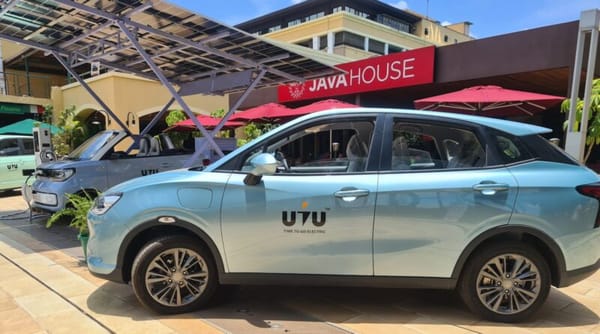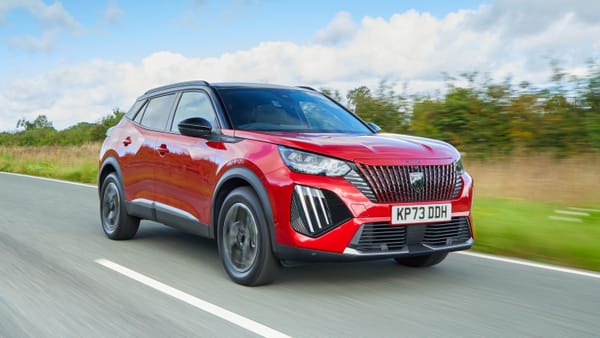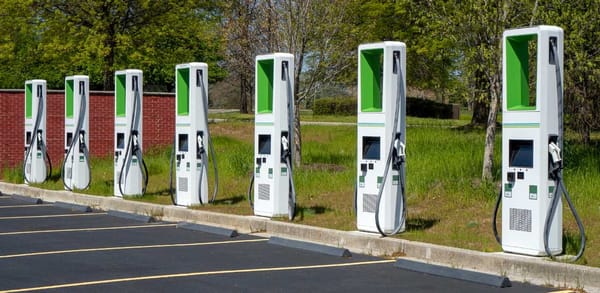Automakers shift to lower-cost batteries for electric vehicles
The electric race is becoming stiff and the automakers have not been left behind in the search for lower-battery types that could lead to less-expensive options, but deliver less driving range.
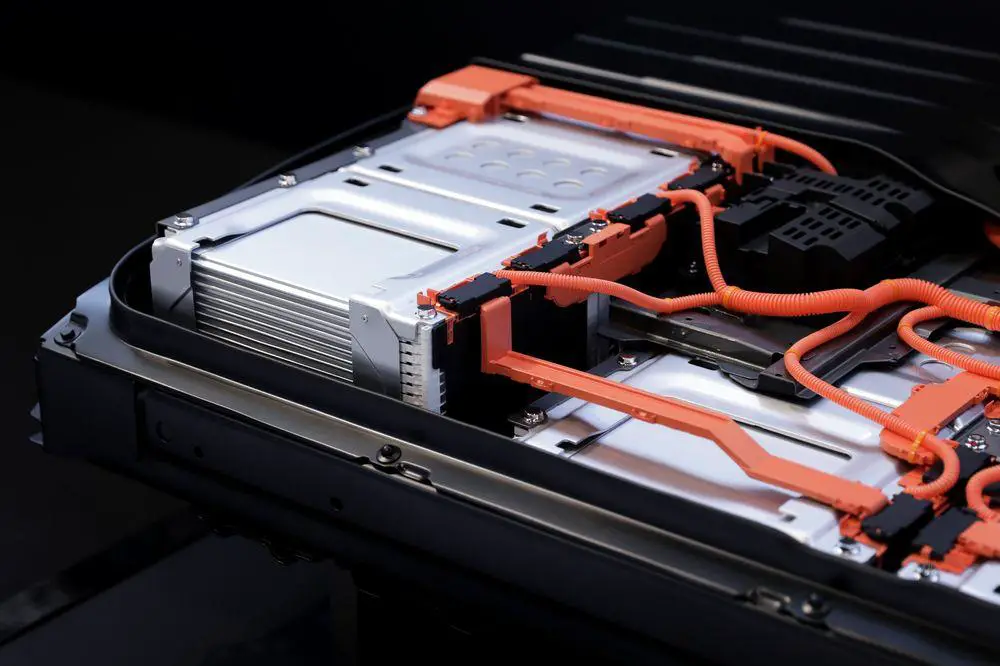
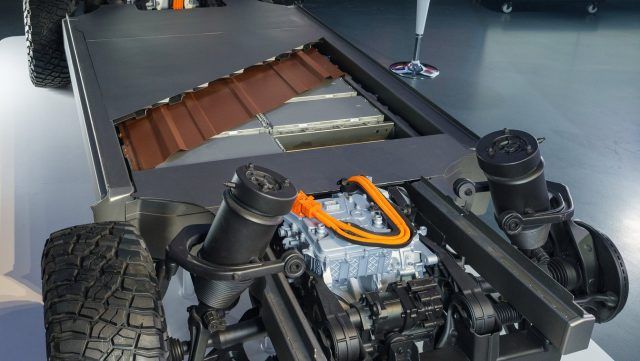
The electric race is becoming stiff and the automakers have not been left behind in the search for lower-battery types that could lead to less-expensive options, but deliver less driving range.
Several major car companies plan to deploy lithium-iron-phosphate batteries, known as LFP, commonly used in China, the world’s largest market for electric cars. The iron-based battery cells cost less than the nickel-and-cobalt combination used widely in North America and Europe.
Tesla Inc., Ford Motor Co., Rivian Automotive Inc., and other automakers say LFP could tamp down electric-vehicle costs by sidestepping the use of pricey and scarce minerals like nickel and cobalt. But the move also requires them to manage performance trade-offs and thorny supply-chain issues.
Lithium-iron-phosphate battery cells have less energy density than nickel-based cells, which means the battery range—the distance an EV can travel between charges—is shorter. That has led automakers to tweak the chemistry and the design of LFP battery packs to wring out more range. Also, the supply hub for LFP cells is heavily concentrated in China, leaving automakers more dependent on Chinese battery supplies at a time when the industry is trying to wean itself from dependence on China for EV technology.
Rivian, for instance, is moving to LFP battery cells for some trucks, SUVs, and vans, after supply-chain snarls crimped production earlier this year, and cobalt and nickel prices shot up.
“We’re quite bullish on LFP,” said Rivian Chief Executive RJ Scaringe, on the company’s earnings call this past Wednesday. He added that the cell type does well in applications where the driver frequently recharges the vehicle and in roomier models that have the space for a bigger pack.
A few years ago, analysts and executives figured the lithium-iron-phosphate chemistry would mainly be used for low- and moderate-priced EVs in China, where drivers, clustered in dense cities, generally travel shorter distances. In Europe, and especially North America, the strategy was to use the more expensive nickel-and-cobalt-based chemistries to offer the longer range needed to cover populations that are more spread out.
Cobalt prices also have soared in recent years. And automakers have sought to limit the use of the mineral in response to environmental and human rights violations in cobalt mining in Congo, where the majority of the metal is produced.
Changes in how iron-based battery cells are packaged inside the vehicle have helped extend driving ranges. These batteries also have a lower risk of fire, analysts say.
Advances in the battery-cell technology should eventually allow midsize SUVs using iron-based batteries to achieve more than 300 miles of driving range on a single charge, said Tim Bush, an equity analyst who leads global EV battery research at UBS Group AG.
He now expects EVs equipped with LFP batteries to account for 40% of the global market by 2030, up from a previous forecast of 15%.
“We underestimated the LFP use case,” Mr. Bush wrote in an August research note. “Iron batteries will go global.” Adding iron batteries also helps car companies diversify their battery supply chains in the face of potential shortages, he said.
The cost of LFP battery cells over the past year has run about 30% lower than cells that combine nickel, cobalt, and manganese, according to research firm Benchmark Mineral Intelligence. Ford, which this past summer disclosed plans to use the iron cells from China’s Contemporary Amperex Technology Co. to power some Mustang Mach-E SUVs and Lightning pickup trucks, has said the use of the iron cells can cut the overall material cost of an EV by up to 15%.
Cobalt prices also have soared in recent years. And automakers have sought to limit the use of the mineral in response to environmental and human rights violations in cobalt mining in Congo, where the majority of the metal is produced.
Changes in how iron-based battery cells are packaged inside the vehicle have helped extend driving ranges. These batteries also have a lower risk of fire, analysts say.
Advances in the battery-cell technology should eventually allow midsize SUVs using iron-based batteries to achieve more than 300 miles of driving range on a single charge, said Tim Bush, an equity analyst who leads global EV battery research at UBS Group AG.
He now expects EVs equipped with LFP batteries to account for 40% of the global market by 2030, up from a previous forecast of 15%.
“We underestimated the LFP use case,” Mr. Bush wrote in an August research note. “Iron batteries will go global.” Adding iron batteries also helps car companies diversify their battery supply chains in the face of potential shortages, he said.
Source:
i) Bangkok post (2022) Automakers shift to lower-cost batteries for electric vehicles

